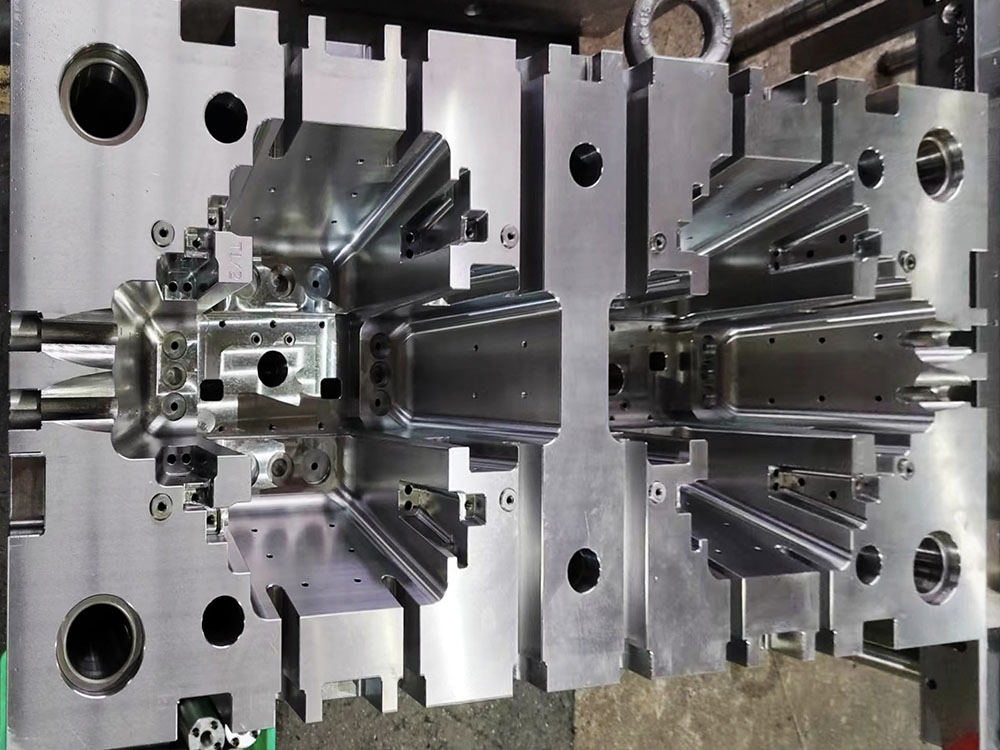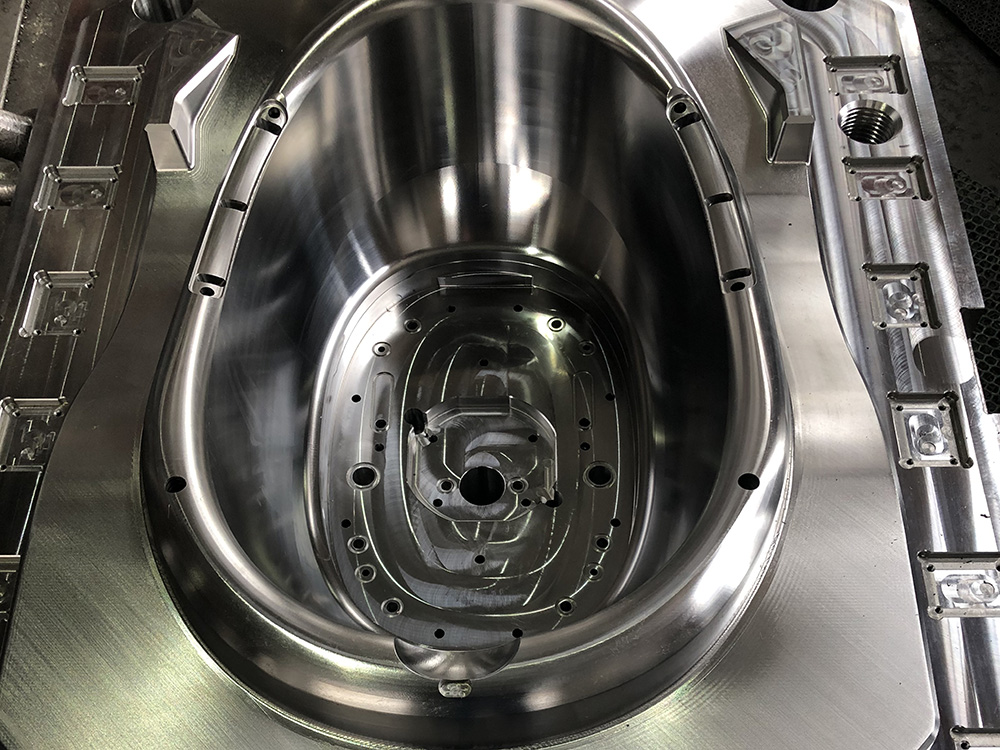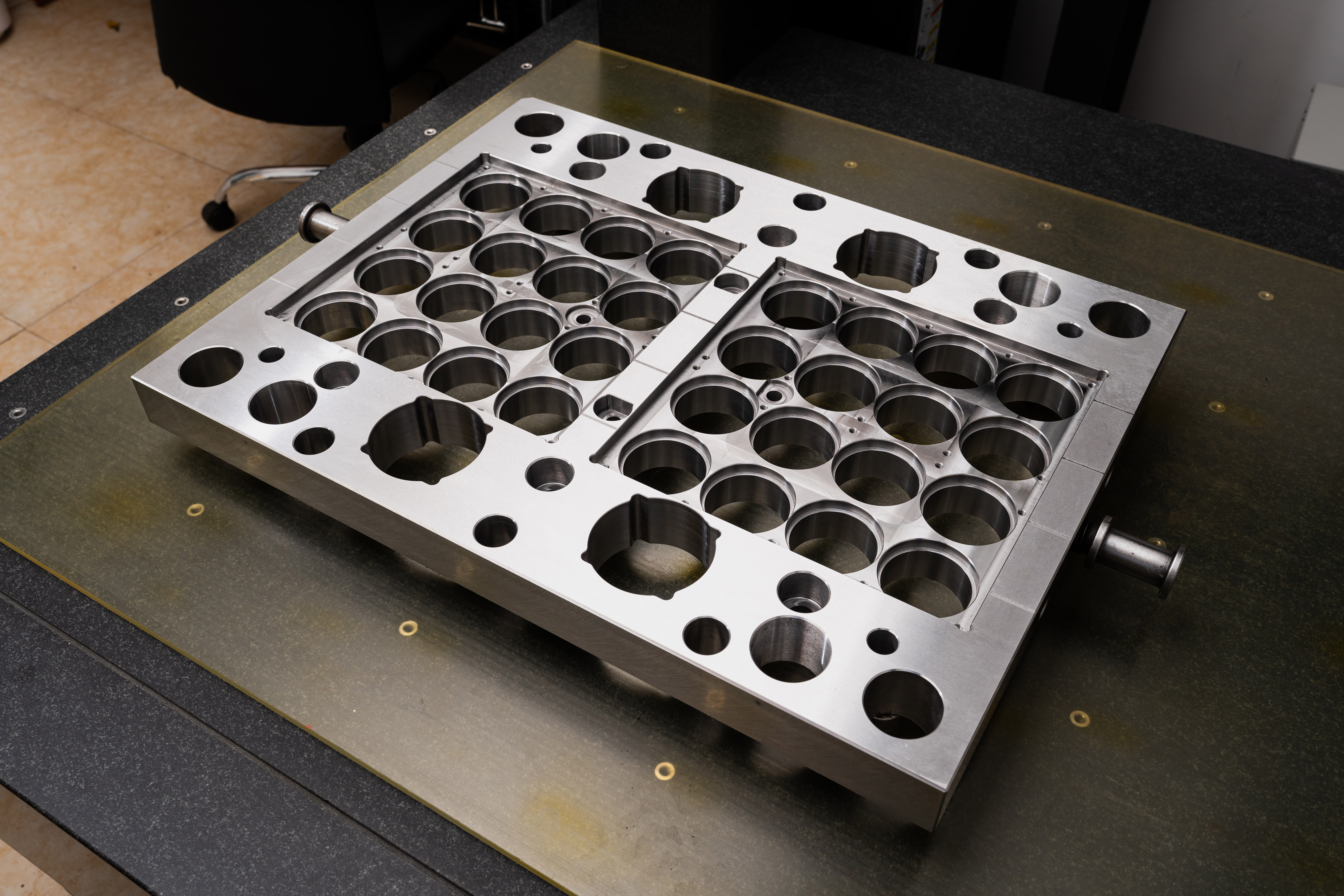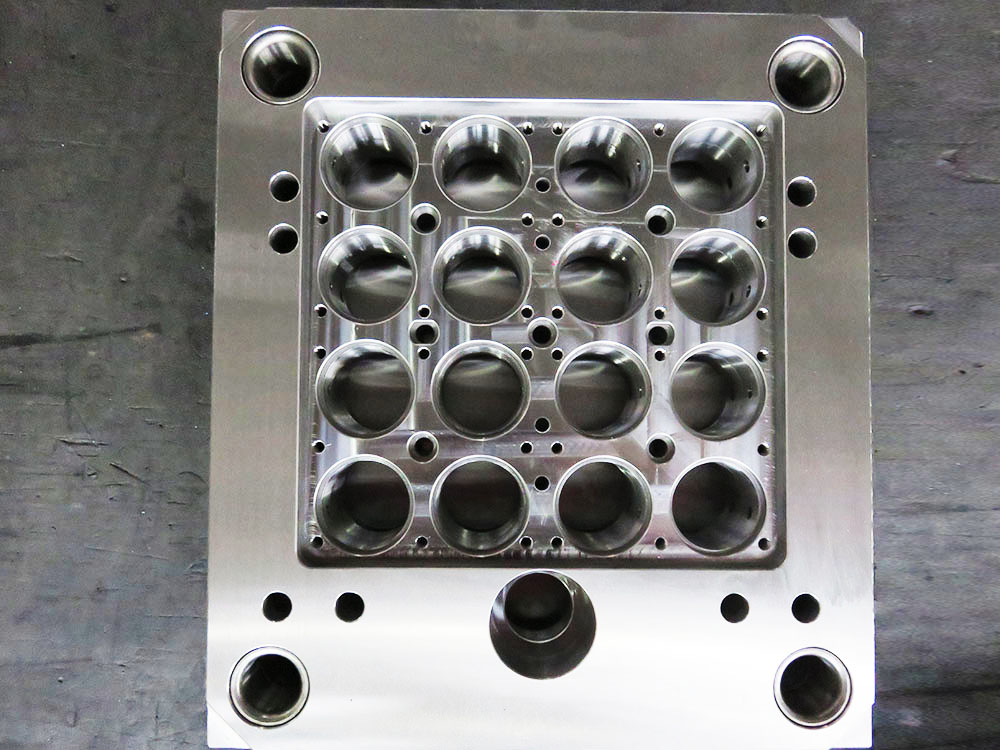The Handling of Cross-sections in Building Models in the Mold Base Industry
The mold base industry plays a crucial role in the manufacturing sector, providing the foundation for producing high-quality molds used in various industries. Within this industry, the handling of cross-sections in building models is a critical task that requires precision and expertise. This article will explore the importance of cross-sections in building models and provide insights into how they are efficiently managed within the mold base industry.
Why are Cross-sections Important in Building Models?
Cross-sections are essential in building models as they offer a detailed representation of an object or structure by exposing its internal composition. By utilizing cross-sections, engineers and designers can gain valuable insights into the geometry, dimensions, and internal features of a mold base. This information is vital for ensuring the accuracy, functionality, and compatibility of the mold base when it is deployed in the manufacturing process.
Moreover, cross-sections enable an in-depth analysis of potential design flaws, both in terms of structural integrity and manufacturability. By dissecting a building model through cross-sections, professionals can identify problematic areas, such as thin walls, undercuts, or improper draft angles, and make the necessary adjustments to enhance the mold base's performance and durability.
The Process of Handling Cross-sections in Building Models
The handling of cross-sections in building models involves several steps that require meticulous attention to detail and expertise:
1. Initial Assessment: Before creating cross-sections, professionals examine the building model to identify specific regions that necessitate further analysis. This assessment ensures that the cross-sections focus on critical areas and provide actionable insights.
2. Selecting the Cross-section Planes: Professionals determine the optimal planes to create cross-sections based on the complexity of the mold base's design. This step involves choosing appropriate section lines that intersect essential features and provide a clear view of the internal structure.
3. Cross-section Creation: Once the planes are selected, cross-sections are generated using specialized software. This process involves cutting the model along the defined planes to expose the internal structure. The resulting cross-sections provide a detailed view of the mold base's composition and geometry.
4. Analysis and Evaluation: Professionals thoroughly analyze the cross-sections to identify any design flaws or discrepancies. This step involves examining the dimensioning, wall thickness, and relationships between different components in the mold base. Any issues discovered during this stage are documented and communicated to the design team for necessary modifications.
5. Iterative Design: Based on the analysis and evaluation, the design team iterates on the mold base design to rectify any identified issues. This iterative process ensures that the cross-sections are aligned with the desired specifications and requirements, improving the overall quality of the mold base.
The Role of Advanced Technologies in Handling Cross-sections
The mold base industry has witnessed significant advancements in technologies that have revolutionized the handling of cross-sections in building models:
1. 3D Scanning: 3D scanning allows for the accurate and efficient creation of cross-sections by capturing the physical model's surface geometry. This technology enables professionals to extract precise measurements and dimensions required for cross-sectional analysis.
2. Computer-Aided Design (CAD) Software: CAD software provides the tools necessary for creating, manipulating, and analyzing cross-sections in a digital environment. These software tools offer comprehensive functionalities for precise cross-section generation, analysis, and evaluation, streamlining the overall process.
3. Simulation Software: Simulation software enables professionals to simulate the behavior of the mold base under various conditions, such as temperature, pressure, and material flow. By incorporating cross-sectional analysis into simulation models, engineers can optimize the mold base design and predict its performance accurately.
Conclusion
The handling of cross-sections in building models is a critical aspect of the mold base industry, ensuring the production of high-quality molds. Cross-sections offer valuable insights into the internal composition of mold bases, enabling professionals to analyze and optimize the design. By leveraging advanced technologies and following a meticulous process, the mold base industry can effectively handle cross-sections, resulting in enhanced performance, efficiency, and durability of the final products.




